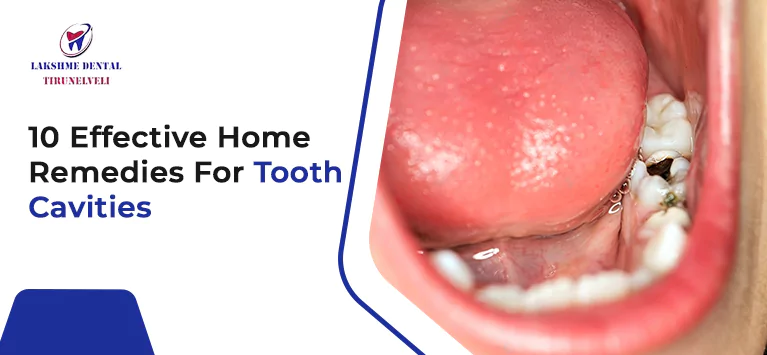
How Pit and Fissure Sealants Can Benefit You?
Are you looking for a way to protect your teeth and prevent cavities? Look no further than pit and fissure sealants. Dental fissure sealants act as a protective shield, covering the deep grooves and crevices on the chewing surfaces of your teeth. Sealants help keep food particles and bacteria from getting trapped, thus reducing the risk of decay.
Pit and fissure sealants are especially beneficial for children and teenagers with difficulty maintaining oral hygiene. However, they can also be a game-changer for adults who want to preserve the health and appearance of their teeth.
In addition to their protective benefits, sealants are incredibly easy to apply. The process is painless, quick, and non-invasive, making it a hassle-free solution. Don’t wait until cavities become a problem. Consider pit and fissure sealants as a proactive measure to maintain your oral health. Speak to your dentist today to see if sealants are the right choice.
What are Pit and Fissure Sealants?
Dental sealants are thin, protective coatings applied to teeth chewing surfaces, particularly the molars and premolars. These teeth possess deep grooves and fissures, increasing their vulnerability to cavities. Sealants act as a barrier, filling these grooves and preventing food particles and bacteria from getting trapped and causing decay.
The sealant material is usually made of a plastic resin that bonds to the tooth surface. It is clear or tooth-coloured, ensuring a natural appearance. The sealant is applied in a liquid form and then hardened using a special light, forming a protective layer lasting several years.
The Importance of Pit and Fissure Sealants
Cavities, a common dental issue, are often seen in the hard-to-reach areas of the molars and premolars. Regular brushing and flossing may not effectively clean these deep grooves, leading to the accumulation of plaque and bacteria. Over time, this can result in tooth decay and the need for fillings or other dental treatments.
Pit and fissure sealants protect against cavities by sealing off these vulnerable areas. They create a smooth surface that is easier to clean, reducing the risk of plaque buildup and decay. By investing in fissure sealants, you can take a proactive approach to your oral health and minimize the need for more invasive and costly treatments.
How Do Pit And Fissure Sealants Work?
The process of applying pit and fissure sealants is simple and painless. It can be done during a routine dental visit and typically takes only a few minutes per tooth.
Here’s a step-by-step breakdown of how sealants are applied:
Cleaning: The tooth surface is thoroughly cleaned and dried to ensure proper bonding of the sealant.
Etching: An acidic solution is gently applied to the tooth to create a textured surface, enhancing the sealant’s adhesion.
Rinsing and drying: The tooth is rinsed to remove any residual etching solution.
Application: The sealant material is applied to the tooth’s chewing surface, flowing into the deep grooves and fissures. It is carefully spread to ensure complete coverage.
Hardening: A special curing light hardens the sealant, transforming it into a solid, durable protective layer.
Once the sealant is fully set, you can resume your normal eating and oral hygiene routine. The sealants can last for several years with proper care and maintenance.
Who Can Benefit From Pit And Fissure Sealants?
Pit and fissure sealants benefit individuals of all ages but are particularly recommended for children and teenagers. Younger individuals may have difficulty properly cleaning their teeth, especially the hard-to-reach molars. Sealants provide extra protection when tooth decay is most prevalent during these crucial years.
However, adults can also benefit from sealants, especially if they have deep grooves and fissures on their teeth or a history of cavities. Sealants can help preserve the health and appearance of their teeth, reducing the need for more extensive dental work in the future.
It’s best to consult your dentist to determine if sealants suit your specific dental needs. They can assess your teeths’ condition, evaluate the grooves’ depth, and recommend the most appropriate action.
Pit And Fissure Sealant Maintenance And Care
Following proper maintenance and care guidelines is essential to ensure the longevity and effectiveness of your pit and fissure sealants. Here are some tips to keep in mind:
- Maintain good oral hygiene: Brushing and flossing your teeth daily will help prevent plaque buildup and maintain the overall health of your teeth and gums.
- Avoid chewing on complex objects: While sealants provide a protective layer, they can still be chipped or damaged by excessive force. Avoid biting on complex objects such as ice, pens, or fingernails to prevent any potential damage.
- Attend regular dental check-ups: Visit your dentist regularly for routine check-ups and cleanings. They can monitor the condition of your sealants and identify any potential issues.
- Monitor sealant wear: Look for any signs of wear or damage to the sealants. Contact your dentist for an evaluation if you notice any chips, cracks, or rough edges.
By following these guidelines, you can ensure that your pit and fissure sealants continue to provide optimal protection for your teeth.
Conclusion
Pit and fissure sealants are a valuable tool in the fight against tooth decay. As a protective barrier, sealants can help keep your teeth cavity-free and preserve their health and appearance. Whether you’re a child, teenager, or adult, considering sealants as a preventive measure can provide long-term benefits and save you from more invasive and costly dental treatments.
Talk to your dentist today to discuss whether pit and fissure sealants suit you. Taking proactive steps ensures your smile remains bright, healthy, and cavity-free for years.
















